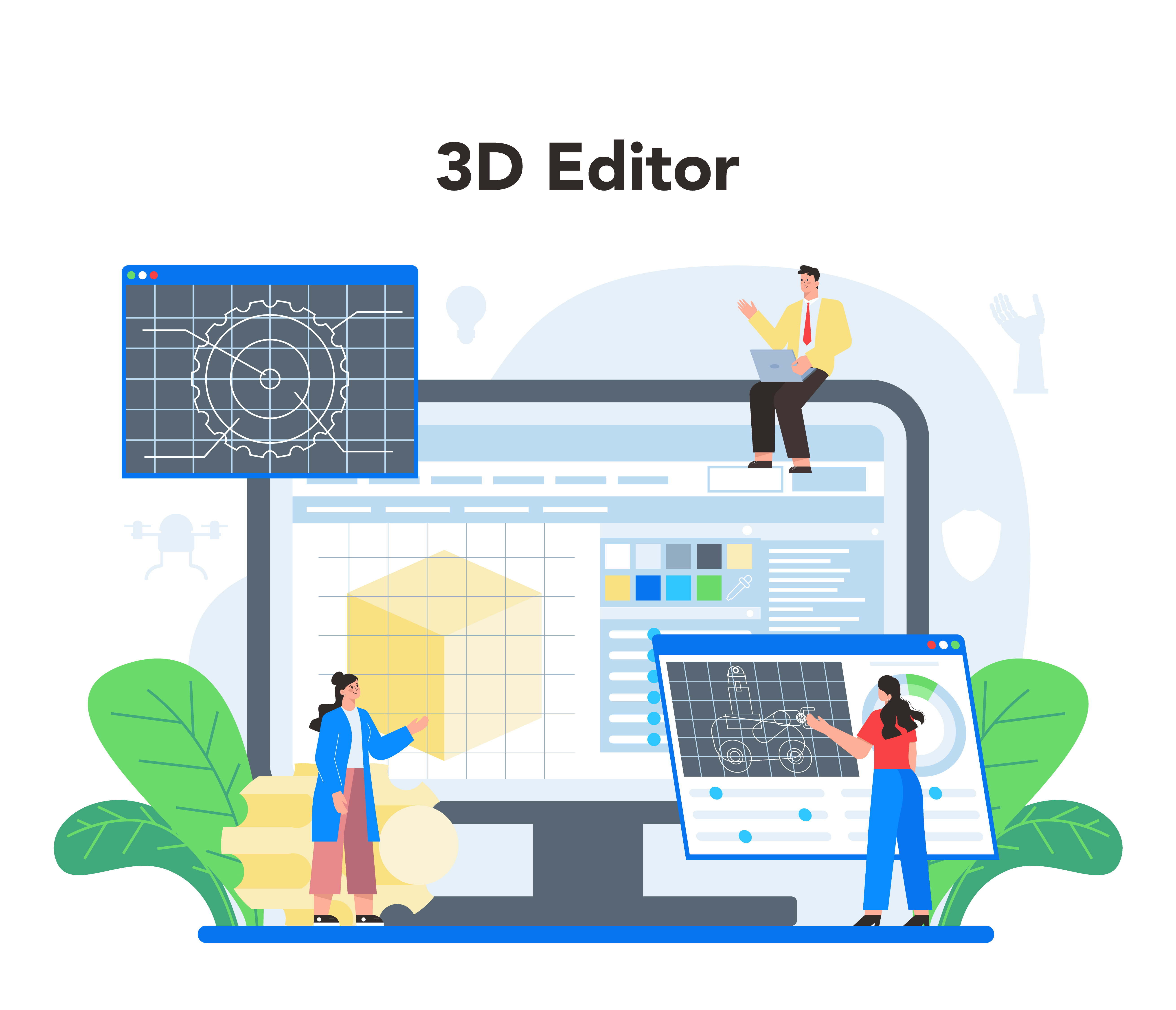A Comprehensive Guide on Preparing 3D Models for 3D Printing




When it comes to 3D printing, the magic starts long before the printer begins its first layer. The preparation of 3D models for printing is an essential step that often determines the success of your project. Understanding the orientation, scaling, and other features can dramatically improve print quality and efficiency. That's where 3DPrinterOS comes into play, offering a comprehensive suite of tools to get your files ready for printing. Let's delve into the various features that make this 3D printing service a game-changer.
The first step is opening your model in the STL Editor. Simply click on "Layout" next to your model's name within 3DPrinterOS. This isn't just about opening a file; this is the gateway to your project's success. The STL Editor offers a variety of features to perfect your 3D models for printing.
Properly orienting your model is crucial for the printing process. You can effortlessly rotate the camera view by using a couple of fingers on the touchpad or employing the Ctrl/Command + Mouse left button combination. To pan the camera, a simple Shift + Mouse left button will do the trick.
Your choice of printer can make or break your project, and 3DPrinterOS understands that. As a convenience, the system defaults to the last printer type you used. But if you wish to switch, there's a whole universe of options waiting for you under "My Printers."
Orientation tools in 3DPrinterOS are not merely about placement; they are about optimizing the final output. The top menu offers the initial three items dedicated to model orientation. They provide the functionality to move, rotate, or scale your 3D models.
In the fast-paced world of 3D printing, every moment counts. Quick orientation features like "On Bed," "Center," and "Optimal Rotate" can save you both time and materials by optimizing how the model sits on the build plate.
Have you ever dealt with a model that just won't fit the build plate? 3DPrinterOS offers a "Max Bed Size" feature that automatically scales your model to fit within the boundaries. Furthermore, the platform uses the metric system by default, but a simple "mm–>Inch" button ensures everyone is on the same page, literally.
The extras menu in 3DPrinterOS is a treasure trove of features. From display settings like toggling rulers and grids to model settings like copy and hide, the service provides numerous ways to customize your preparation process. It's not just about making your workspace comfortable; it's about making it efficient.
Before sending your file to print, the built-in geometry analysis feature is the final quality checkpoint. It evaluates aspects such as the need for supports, minimal infill rates, and identifies any mesh holes or intersections. Think of it as the quality assurance team for your 3D printing project.
Once you're satisfied with all the adjustments, it's time to save your masterpiece. And when it comes to slicing, 3DPrinterOS automatically chooses the slicer that best suits your selected printer type. It's not just about converting a model into layers; it's about preparing it to become a tangible, high-quality object.
By understanding the importance of each preparation step and making full use of 3DPrinterOS's rich feature set, you can elevate the quality of your 3D printed projects to professional standards. Happy printing!

Learn more about 3DPrinterOS - the most trusted 3D printing management software for Higher Education, Enterprises and OEMs. Fill out this form to get in touch with our experts.
Manage the workflow and permissions for your users
Share files and 3D printers to groups of users
Control your 3D printer fleet through a browser
Cloud slicer and toolpath viewer
Book your personalized assessment now and get your free trial.